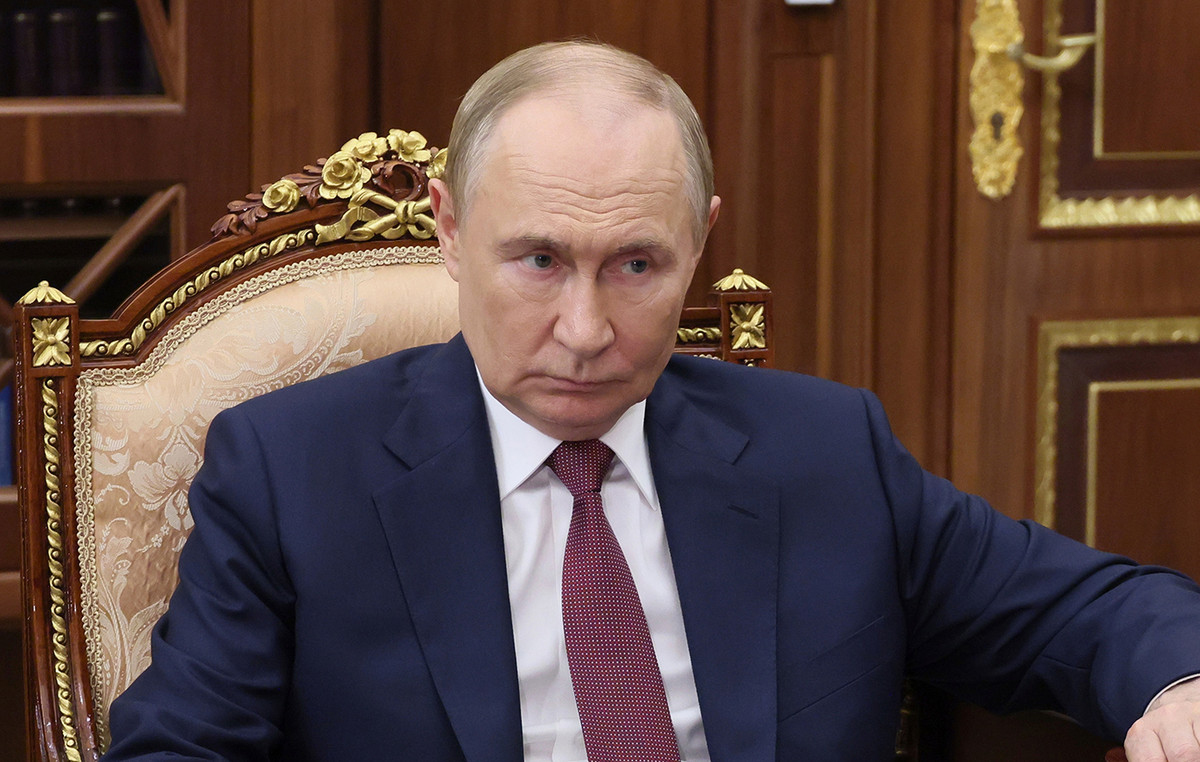- The US dollar gave ground despite September retail sales and industrial production figures exceeding expectations.
- A positive market and risk appetite flows weakened the Dollar.
- US 2-, 5-, and 10-year Treasury yields are near two-week highs, limiting downside potential.
- The odds of a Fed rate hike in December rose to 42% according to CME’s FedWatch tool.
He US dollar (USD)measured by the US Dollar Index (DXY), reached a high of 106.52 and then fell towards 106.15, below the 20-day SMA, following the release of September US retail sales and industrial production figures. Both reports exceeded expectations, but risk flows dominate the market, not allowing the green currency to gain momentum. However, rising US Treasury yields and increasing hawkish bets on the Federal Reserve (Fed) may limit the dollar’s decline.
US economic activity remains strong despite the Federal Reserve’s aggressive moves, and inflation figures revealed that the Consumer Price Index (CPI) accelerated slightly in September.
As Jerome Powell stated during the September decision press conference, the Fed remains willing to resume hikes as long as the data justifies another hike, so this current outlook is causing investors to prepare for a final hike in 2023. .
Daily summary of market movements: Dollar continues to weaken despite positive economic data
- The US Dollar DXY peaked at 106.52 and then settled around 106.15, paring its daily gains.
- US retail sales came in at 0.7% month-on-month in September, above the expected 0.3%, but slowed from 0.8% the previous month.
- Industrial production rose 0.3% month-on-month in the same month, compared to the expected 0.0%.
- US yields continue to rise, with 2-, 5- and 10-year rates rising to 5.18%, 4.84% and 4.83% respectively, with increases of over 1.50% in all three cases.
- According to CME’s FedWatch tool, the odds of a 25 basis point hike at the December meeting rose to nearly 42%.
- The Federal Reserve’s Beige Book, which is released Wednesday, will provide more clues about the outlook for the U.S. economy.
Technical Analysis: Dollar Index Bears Break Above 20-Day SMA, But 105.50 Is The Breakout Level
The US Dollar Index (DXY) failed to maintain its early bullish momentum which took it to a high around 106.52 before falling into negative territory around 106.05. However, the index remains bullish overall and remains above the 200-day and 100-day simple moving averages (SMA).
Indicators on the daily chart point to strengthening bearish momentum, with the moving average divergence (MACD) printing red bars after making a bearish crossover on October 6.
With the bulls failing to defend the 20-day SMA, further declines may be on the horizon, although the 105.50 low is the key “line in the sand” that would need to be crossed for the outlook to turn especially bearish.
Supports: 106.00, 105.80, 105.50.
Resistances: 106.20 (20-day SMA), 106.55, 107.00.
US Dollar FAQ
What is the US Dollar?
The United States Dollar (USD) is the official currency of the United States of America, and the “de facto” currency of a significant number of other countries where it is in circulation alongside local banknotes. According to 2022 data, it is the most traded currency in the world, with more than 88% of all global currency exchange operations, equivalent to an average of $6.6 trillion in daily transactions.
After World War II, the USD took over from the pound sterling as the world’s reserve currency. For most of its history, the US dollar was backed by gold, until the Bretton Woods Agreement of 1971.
How do the decisions of the Federal Reserve affect the Dollar?
The single most important factor influencing the value of the US Dollar is monetary policy, which is determined by the Federal Reserve (Fed). The Fed has two mandates: achieve price stability (control inflation) and promote full employment. Your main tool to achieve these two objectives is to adjust interest rates.
When prices rise too quickly and inflation exceeds the 2% target set by the Fed, it raises rates, which favors the price of the Dollar. When Inflation falls below 2% or the unemployment rate is too high, the Fed can lower interest rates, which weighs on the Dollar.
What is Quantitative Easing and how does it influence the Dollar?
In extreme situations, the Federal Reserve can also print more dollars and enact quantitative easing (QE). QE is the process by which the Fed substantially increases the flow of credit into a clogged financial system.
This is an unconventional policy measure used when credit has dried up because banks do not lend to each other (for fear of counterparty default). It is a last resort when a simple lowering of interest rates is unlikely to achieve the necessary result. It was the Fed’s weapon of choice to combat the credit crunch that occurred during the Great Financial Crisis of 2008. It involves the Fed printing more dollars and using them to buy US government bonds, primarily from financial institutions. QE usually leads to a weakening of the US Dollar.
What is quantitative tightening and how does it influence the US dollar?
Quantitative tightening (QT) is the reverse process by which the Federal Reserve stops purchasing bonds from financial institutions and does not reinvest the principal of maturing securities in new purchases. It is usually positive for the US dollar.
Source: Fx Street
I am Joshua Winder, a senior-level journalist and editor at World Stock Market. I specialize in covering news related to the stock market and economic trends. With more than 8 years of experience in this field, I have become an expert in financial reporting.







